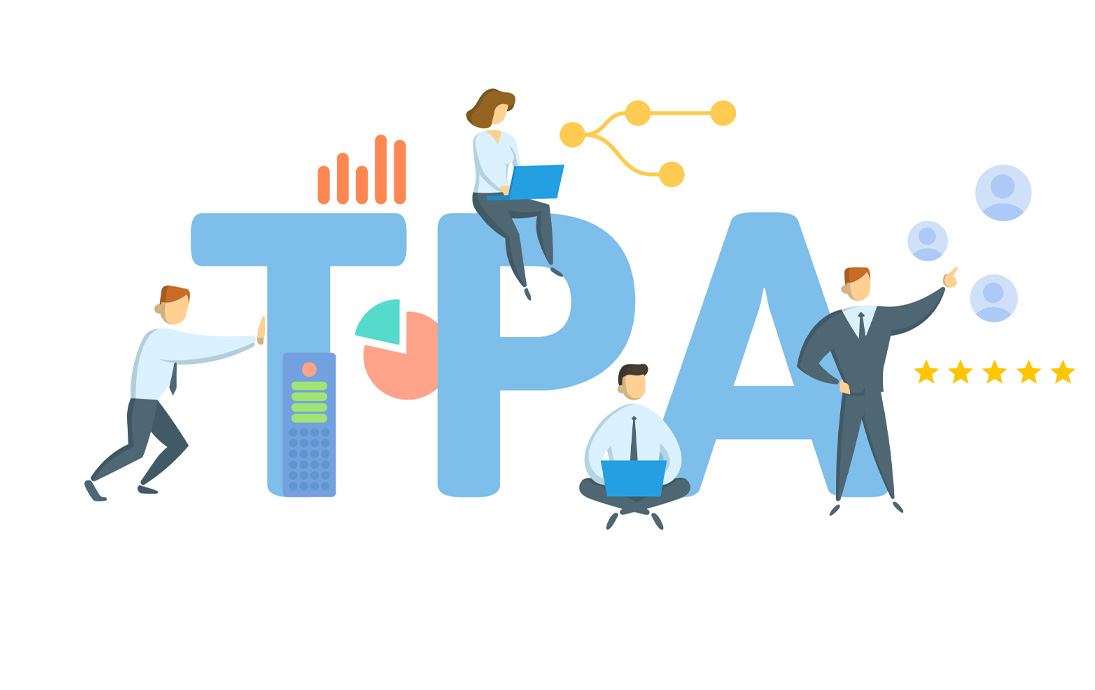
In the ever-evolving landscape of remote work, ensuring the security of your company's data and systems is paramount. For employers, it's your responsibility to empower your remote teams with the knowledge and tools they need to keep information safe. In this blog, we'll explore some simple yet effective strategies to promote computer security for your remote workers.
Employee Training and Awareness
In the ever-evolving landscape of remote work, ensuring the security of your company's data and systems is paramount. For employers, it's your responsibility to empower your remote teams with the knowledge and tools they need to keep information safe. In this blog, we'll explore some simple yet effective strategies to promote computer security for your remote workers.
Implement Multi-Factor Authentication (MFA)
In the ever-evolving landscape of remote work, ensuring the security of your company's data and systems is paramount. For employers, it's your responsibility to empower your remote teams with the knowledge and tools they need to keep information safe. In this blog, we'll explore some simple yet effective strategies to promote computer security for your remote workers.
Provide Secure Remote Access
Ensure that your remote workers have secure and encrypted connections when accessing company networks. Virtual Private Networks (VPNs) are valuable tools that create a secure tunnel for data transmission, protecting sensitive information from potential cyber threats.
Regular Software Updates
Encourage employees to keep their devices and software up-to-date. Regular updates include patches for security vulnerabilities, making it essential for maintaining a secure digital environment. Consider implementing a system that notifies users of pending updates or automates the update process.
Endpoint Security
Invest in robust endpoint security solutions to protect individual devices from malware and other cyber threats. These solutions can include antivirus software, firewalls, and intrusion detection systems. Regularly scan devices for potential security risks to maintain a proactive approach.
Data Encryption
Emphasize the importance of encrypting sensitive data, both in transit and at rest. Encryption adds an extra layer of protection, making it significantly harder for unauthorized individuals to access and decipher confidential information.
Secure Communication Channels
Encourage the use of secure communication platforms for both internal and external interactions. End-to-end encrypted messaging tools provide an extra layer of confidentiality, ensuring that sensitive discussions remain private.
Remote Device Management
Implement remote device management tools to monitor and control devices used by remote workers. This allows for quick response to security incidents, such as locking or wiping devices in case of loss or theft.
By implementing these simple yet effective strategies, employers can significantly enhance the security posture of their remote workforce. As we navigate the future of work, prioritizing computer security is not just a best practice; it's a necessity to protect the integrity and confidentiality of your organization's data.


